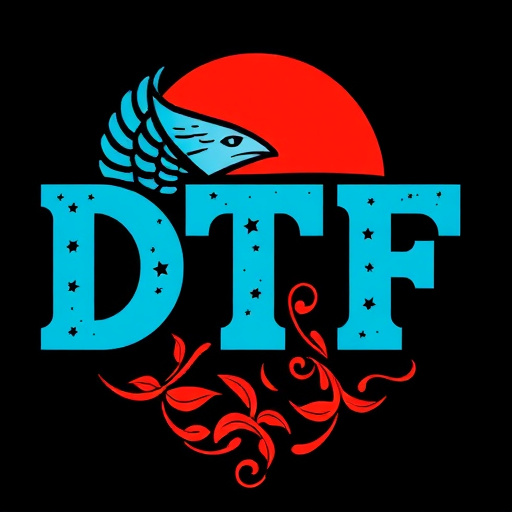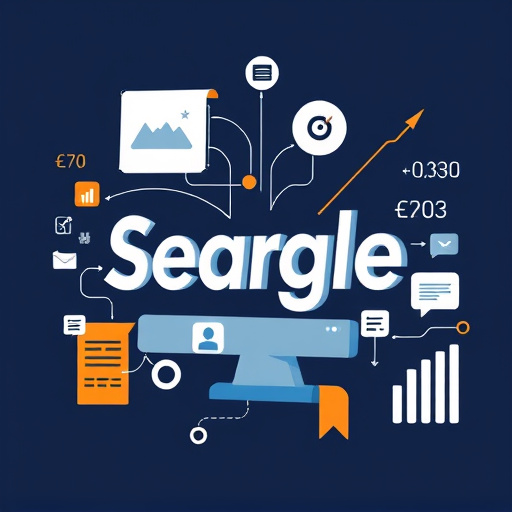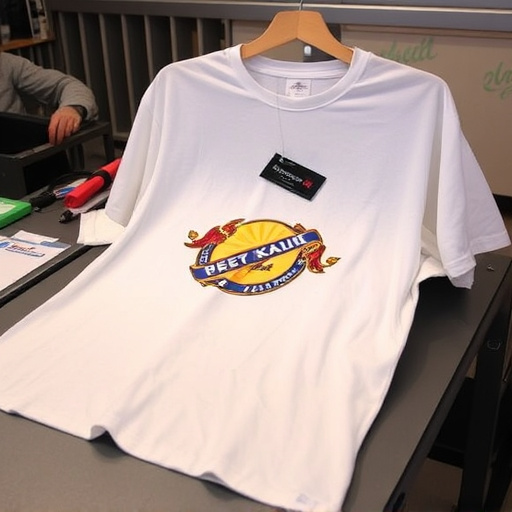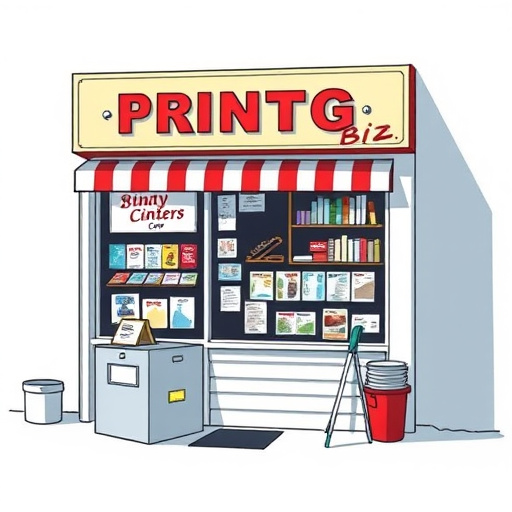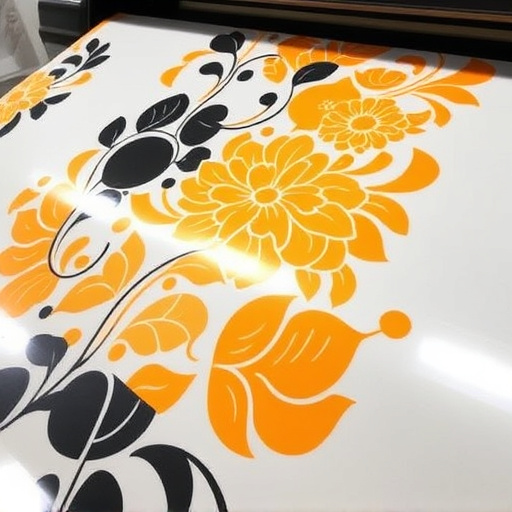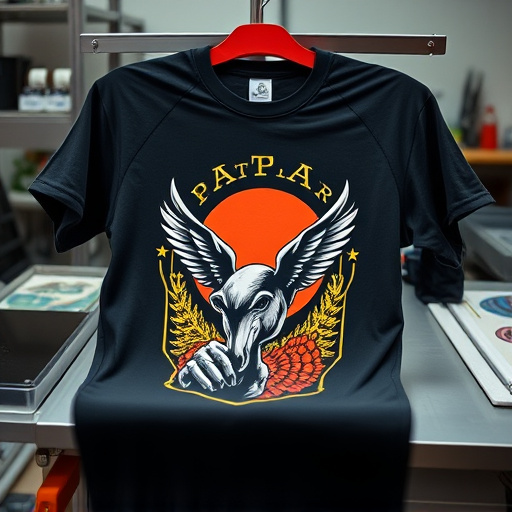The DTF (Demand-Side Platform) industry is experiencing rapid growth due to interconnected market trends, driven by digital transformation, e-commerce's demand for on-demand printing, and consumers' desire for personalized fashion. This growth has revolutionized customization in garment production, allowing businesses of all sizes to offer unique, high-quality DTF transfer services with streamlined processes and reduced waste. As a result, individuals can create custom t shirts with intricate designs, while businesses benefit from enhanced customer relationships and market competitiveness.
The rapid expansion of the DTF (Demand-Side Platform) industry is reshaping digital marketing dynamics, driving significant competitive advantages for forward-thinking businesses. This article delves into the surge of DTF growth, exploring market trends and their impact on consumers, while examining how this transformation empowers companies to navigate a dynamic landscape. We analyze strategies for success, including data-driven innovation and precise market segmentation, and offer insights into future prospects, KPIs, and industry evolution.
- The Surge of DTF Industry Growth: Unlocking Opportunities
- – Exploring the current market trends and factors driving the rapid expansion of the DTF (Demand-Side Platform) industry.
- – Analyzing the impact on businesses and consumers, highlighting emerging patterns.
The Surge of DTF Industry Growth: Unlocking Opportunities
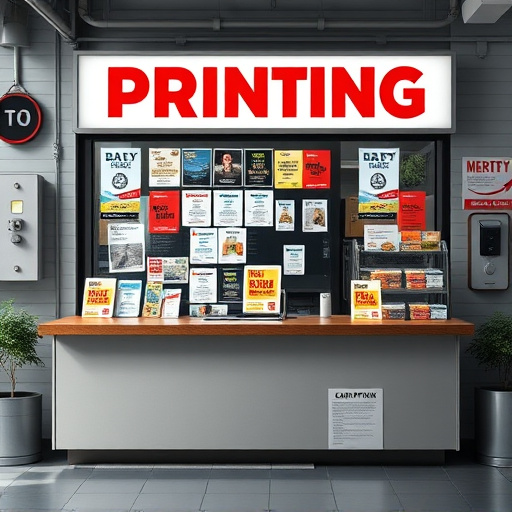
The DTF Industry Growth has been nothing short of exhilarating, transforming the way we approach product customization and personalisation. This surge has democratised design and manufacturing capabilities, allowing businesses of all sizes to tap into the potential of direct-to-fabric (DTF) technologies. With advancements in dtf heat transfer paper and printing techniques, the possibilities for creative expression are boundless.
This growth is unlocking a plethora of opportunities across various sectors. For instance, the ability to swiftly and cost-effectively personalise t-shirts, caps, and other garments has given rise to new business models and revenue streams. DTF has also fostered innovation in textile design, enabling intricate patterns and vibrant colours that were once unattainable. Moreover, its application in promotional merchandise has made it easier for brands to engage with their audiences, creating a lasting impact through custom-designed products like never before. Using dtf heat transfer paper, companies can now offer unique, on-demand items, catering to individual preferences and driving customer satisfaction.
– Exploring the current market trends and factors driving the rapid expansion of the DTF (Demand-Side Platform) industry.
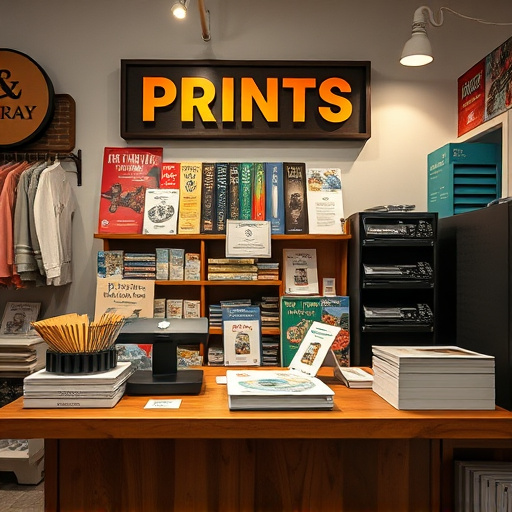
The DTF (Demand-Side Platform) industry is experiencing a surge due to several interconnected market trends and forces. One primary driver is the rapid digital transformation across various sectors, with businesses increasingly adopting technology for streamlined operations and enhanced customer experiences. This shift has opened doors for DTF platforms that offer efficient demand management and supply chain optimization solutions. The rise of e-commerce, for instance, has exponentially increased the demand for on-demand printing services, particularly for custom garments like t-shirts.
Additionally, the growing preference for personalized and unique fashion statements among consumers is a significant factor propelling DTF industry growth. Heat pressing designs onto garments using custom sheets allows for limitless creativity and customization, catering to individual tastes. With advanced DTF printing techniques, creating intricate and detailed designs on various fabrics has become more accessible and cost-effective, further fueling the market expansion. The quest for efficient, versatile, and high-quality printing solutions among businesses, combined with consumer demand for personalized fashion, is thus driving the rapid expansion of the DTF industry.
– Analyzing the impact on businesses and consumers, highlighting emerging patterns.
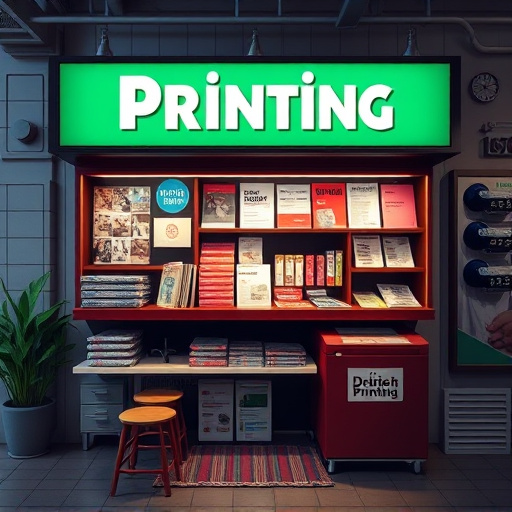
The growth of the Direct-to-Garment (DTF) industry has had a profound impact on both businesses and consumers, reshaping the way custom apparel is created and consumed. Emerging patterns suggest that DTF printing for dark fabrics has become increasingly popular, allowing for intricate designs and vibrant colors previously impossible on darker materials. This advancement democratizes customization, empowering individuals to create unique custom t shirts with personalized messages, artistic expressions, or brand identities.
For businesses, the shift towards DTF technology offers several competitive advantages. It streamlines production processes, reducing setup times and minimizing waste compared to traditional printing methods. Moreover, DTF transfers provide a versatile platform for designers to experiment with diverse fabrics and styles, enabling them to cater to a broader range of consumer preferences. As a result, businesses can offer more specialized and high-quality dtf transfer services, fostering stronger customer relationships and driving market growth.
The meteoric rise of the DTF Industry Growth signifies a paradigm shift in digital advertising. As market trends continue to evolve, demand-side platforms are becoming indispensable tools for businesses seeking efficiency and targeting precision. This growth not only empowers advertisers with advanced data analytics but also enhances consumer experiences through personalized content delivery. The future looks promising, with DTF platforms poised to further revolutionize the advertising landscape, offering unparalleled competitive advantages to forward-thinking enterprises.


